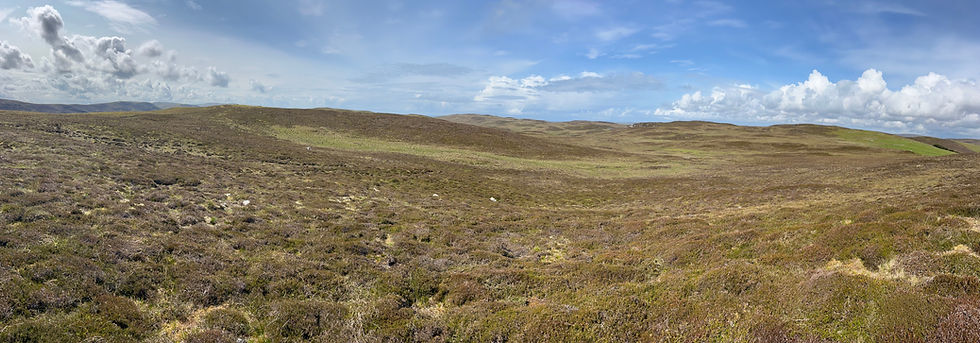Historical Profile - Charles S T Calder
- Stephen Jennings
- Nov 15, 2019
- 2 min read

Born on the 1st of March 1891 in Forfar C S T Calder is perhaps most closely associated with Shetland as anywhere, a result of his extensive work on prehistoric sites in the 1940s and 1950s. Trained as an architect he was employed by H M Office of Works after becoming an Associate of the Edinburgh Architectural Association in 1931. Prior to this he joined the Royal Commission on the Ancient and Historical Monuments of Scotland in 1914 as an investigator where by 1951 he had become a principal investigator before finally retiring from RCAHMS in 1960. During this period he also attained the rank of Lieutenant in the Royal Engineers Territorial Force (1919) with active service in France and Flanders at the very end of World War I and again gained the rank of Lieutenant (1949) after joining the Territorial Army during World War II.
Among the many sites Calder investigated in Shetland it is Stanydale Temple with which the public has the greatest abiding interest and he most closely identified. Excavated in 1949 he immediately noted its resemblance to Maltese Temples and the architectural parallel to local heel-shaped burial cairns thereby assigning to it a religious function and so the name “Temple” has stayed with us. Although we no longer view the site as having a Maltese connection his meticulous work uncovered a Neolithic/Bronze Age architectural style that is still believed unique to Shetland.
Beyond this, Calder conducted excavations on other important sites in Shetland including Sae Breck Broch (1949) and Neolithic houses at Ness of Gruting (1953) and outwith was responsible for exciting sites such as the Iron Age roundhouses at Calf of Eday (1936-37) and the Megalithic Dwarfie Stane, both in Orkney, and an emergency excavation of a broch to make way for RAF Skitten (1940). Yet the temple idea was hard to ignore and Calder soon saw other sites worthy of consideration including a site in Burwick (1954) and in Whalsay where he excavated the Standing Stones of Yoxie and nearby Benie Hoose (1954-55). Here in Whalsay he believed the latter was the residence of the priests for the former, the standing stones proving instead to be another large (18 x 11 metres) temple-like structure.
Charles S T Calder died in December of 1972 leaving behind a marvelous and lasting legacy of sites we continue to enjoy, study and debate. In addition, his training as an architect further advanced survey and illustration techniques within the field and perhaps gave him a more keen insight into construction styles than most archaeologists. It should be remembered his attention to detail and comparative procedures, though occasionally flawed, were rather advanced during an age prior to radiocarbon dating and extremely important as we moved into the modern period of archaeological study. For Shetland he brought attention to unique and captivating sites and to a region which had hitherto gone largely unnoticed and for us this is perhaps the greater portion of his legacy.
For further information on some of Calder's sites look here. If you would like to look directly at his work on Stanydale then we suggest this.







Comments